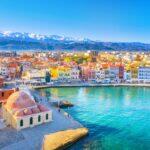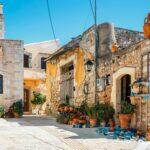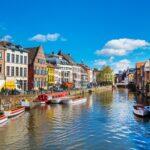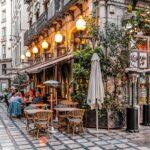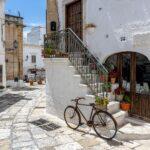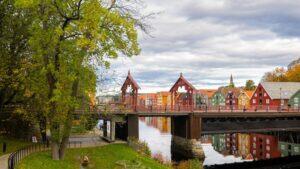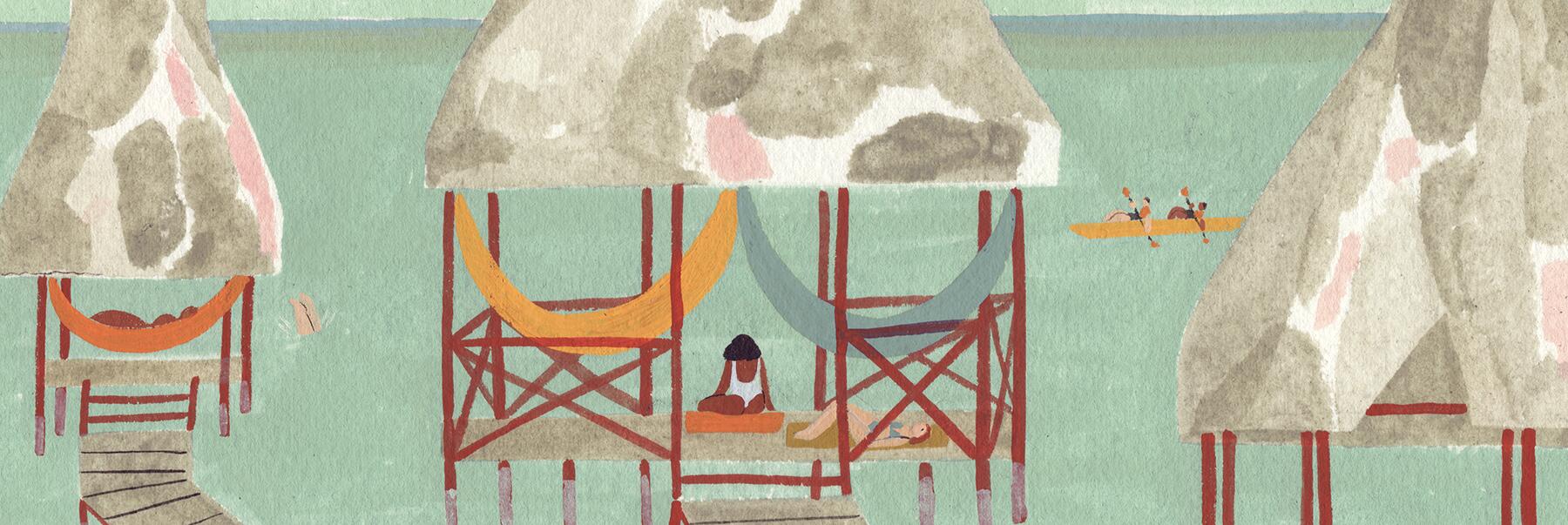
Europe
Top places to go in Europe in 2023
Expand Full List
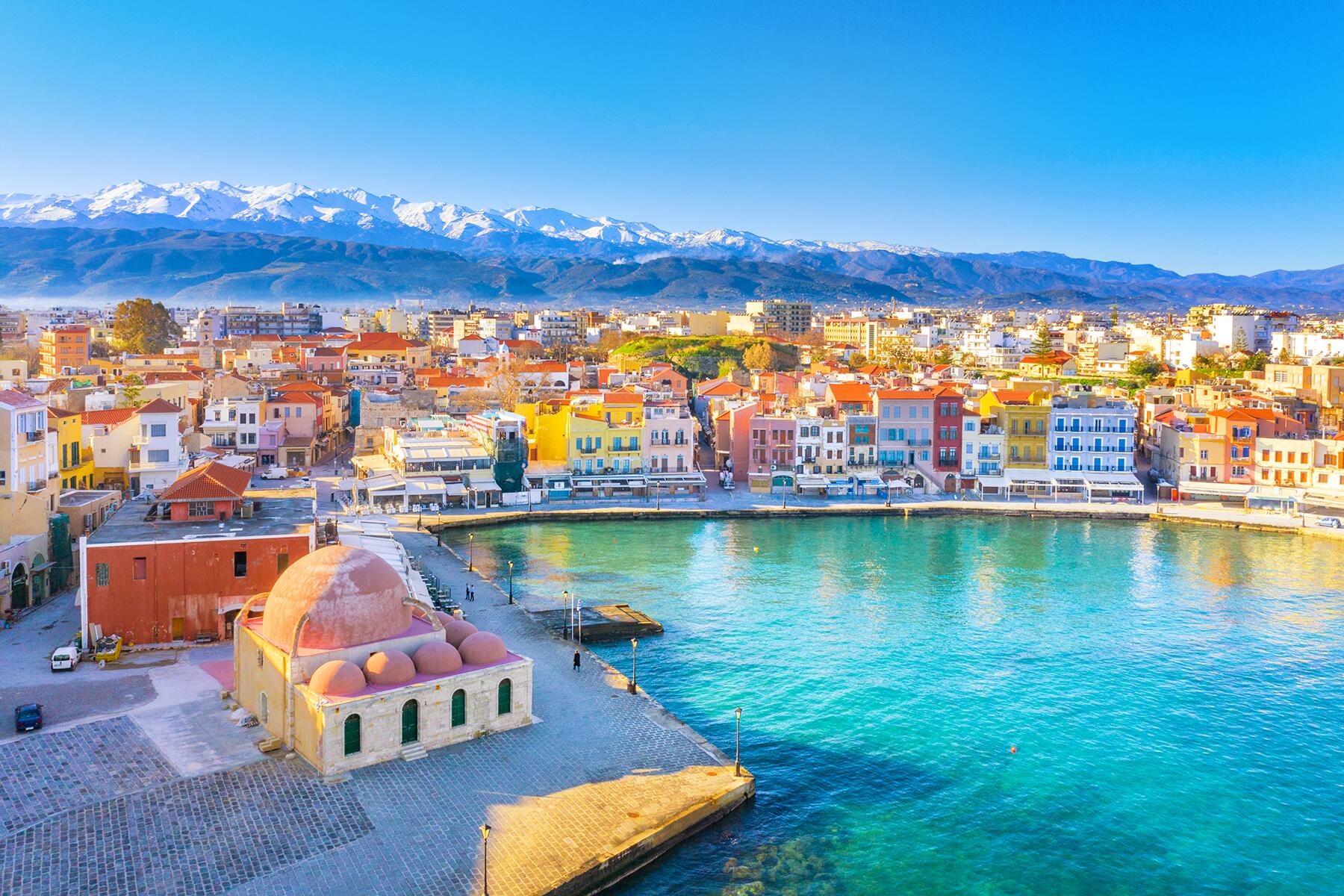
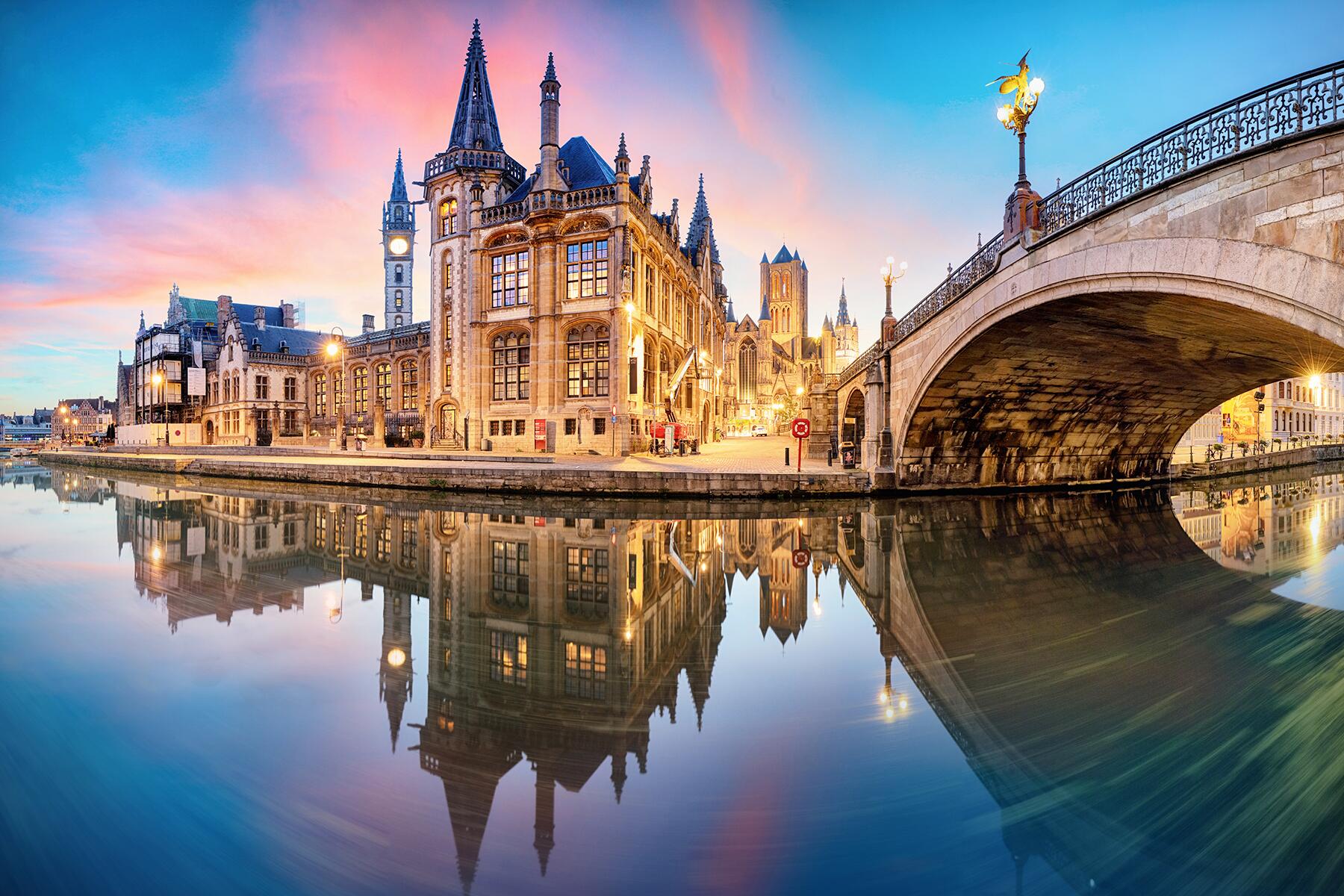
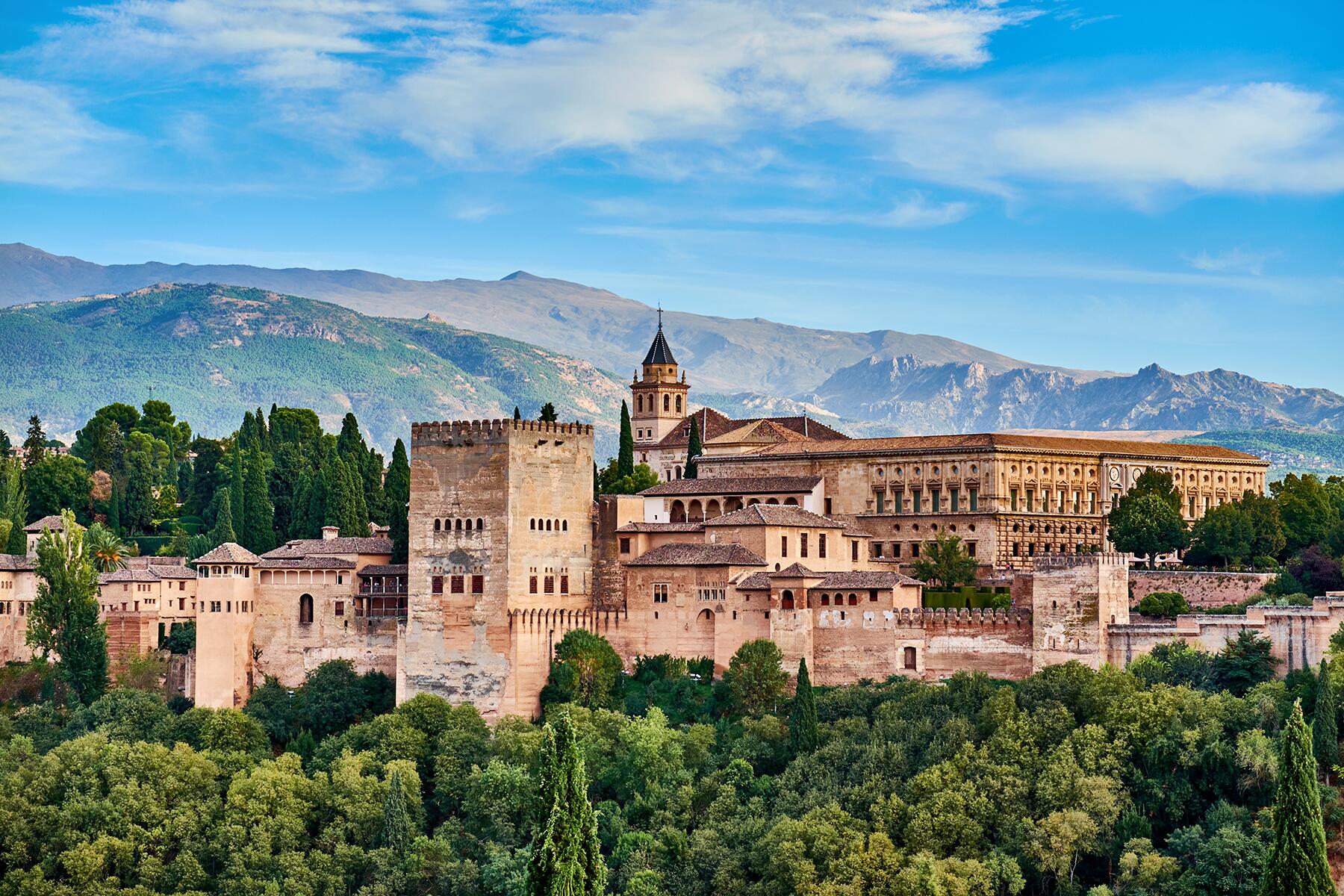
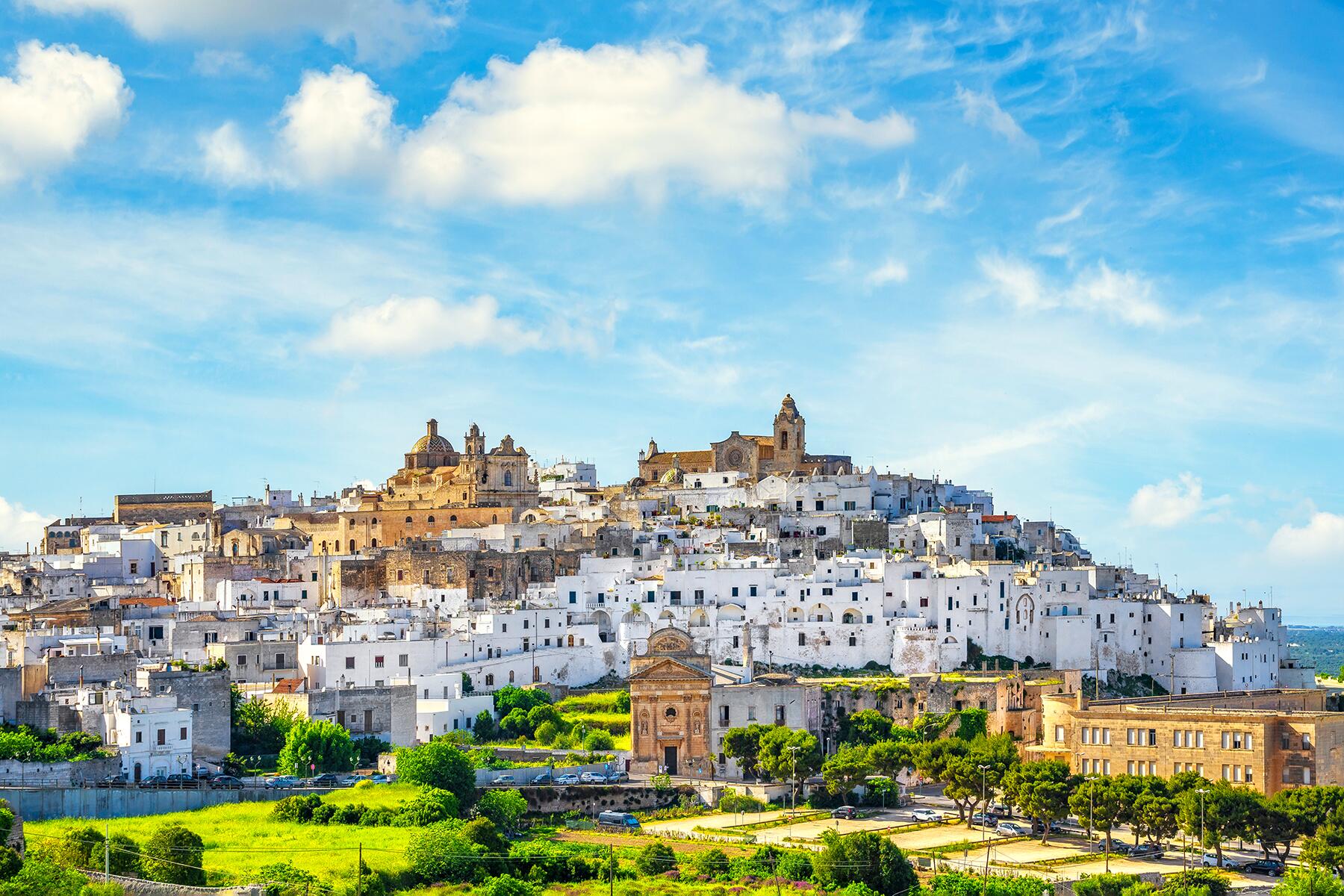
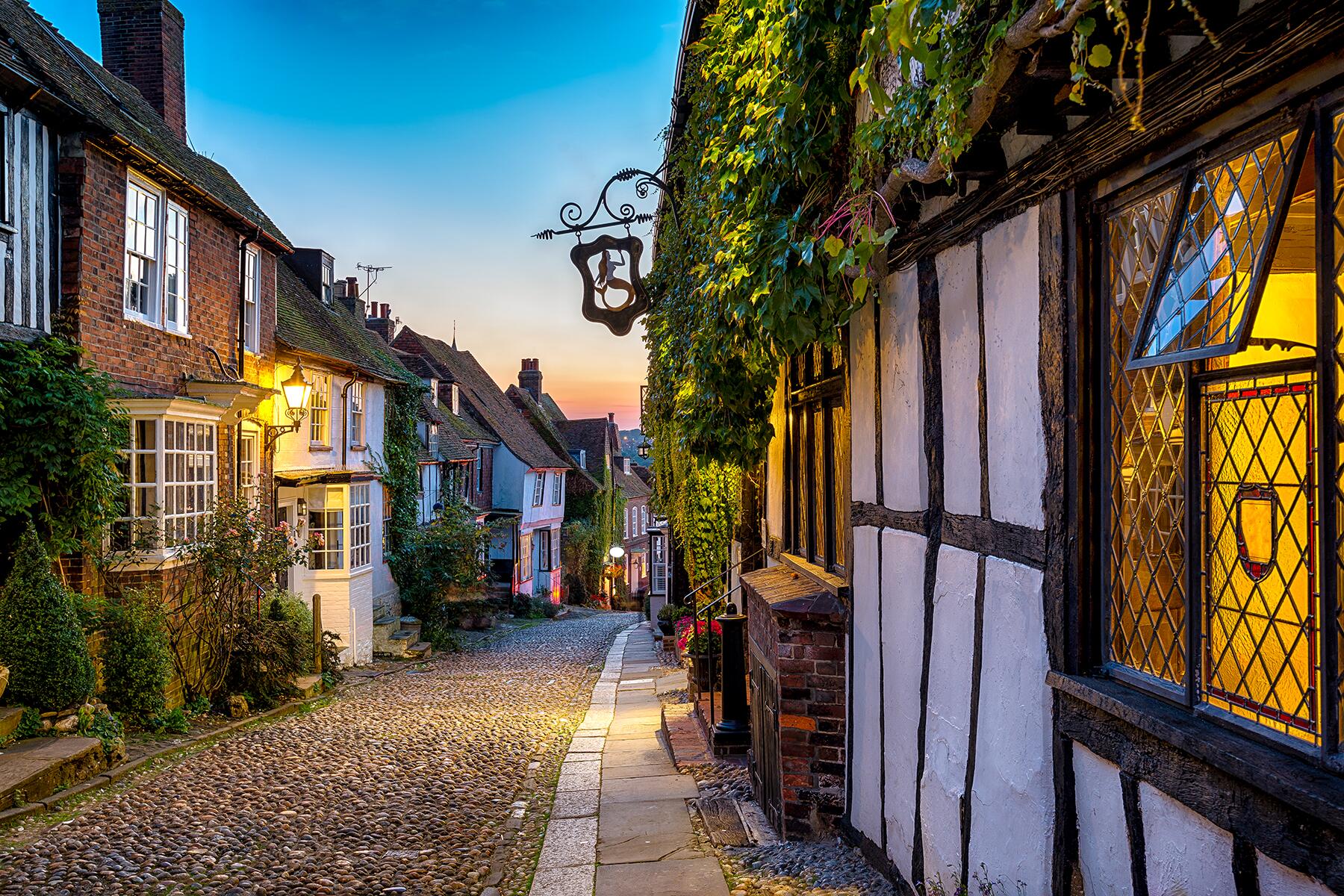
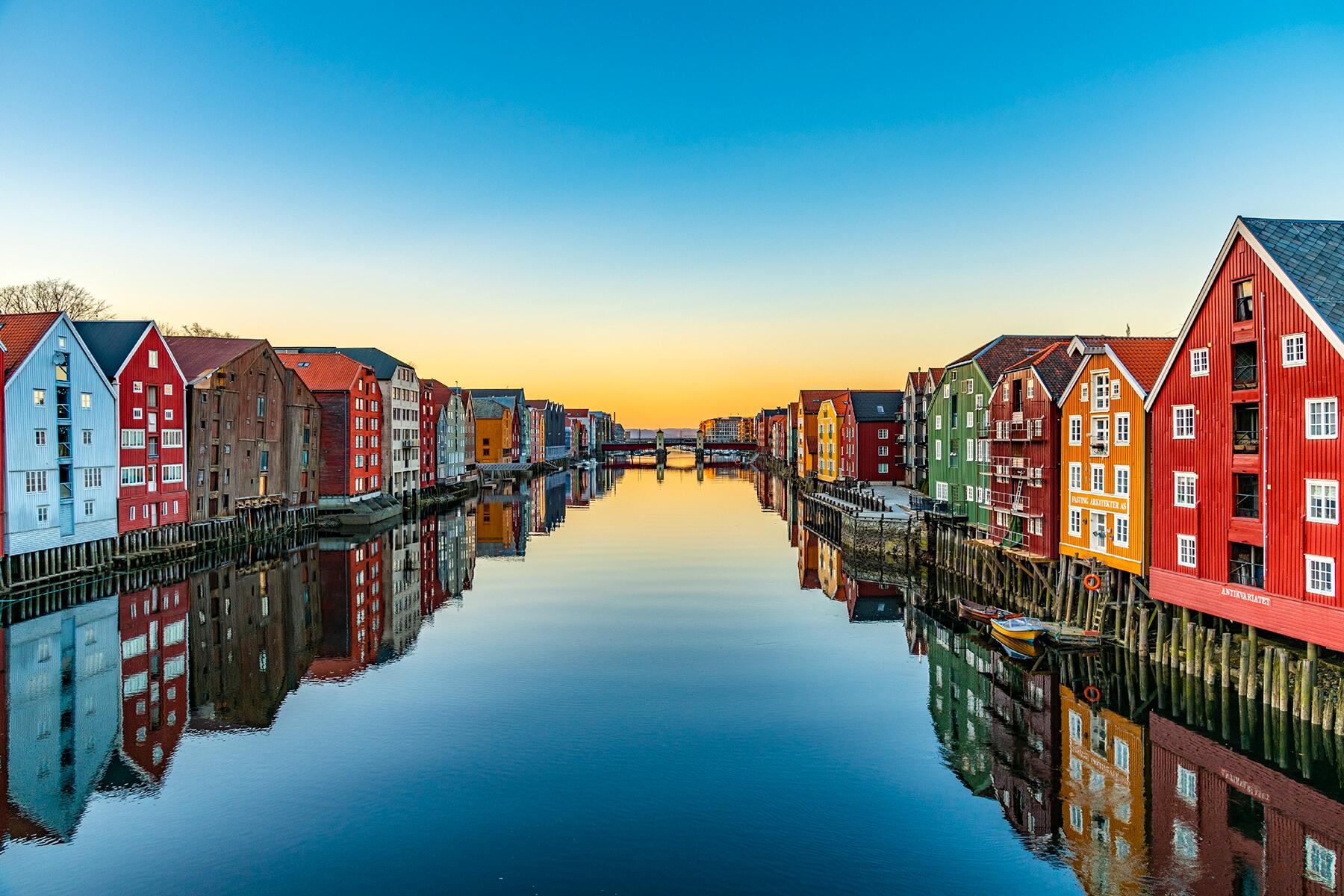
-
Crete, Greece
![]()
-
Ghent, Belgium
![]()
-
Granada, Spain
![]()
-
Ostuni, Italy
![]()
-
Rye, England
![]()
-
Trondheim, Norway
![]()

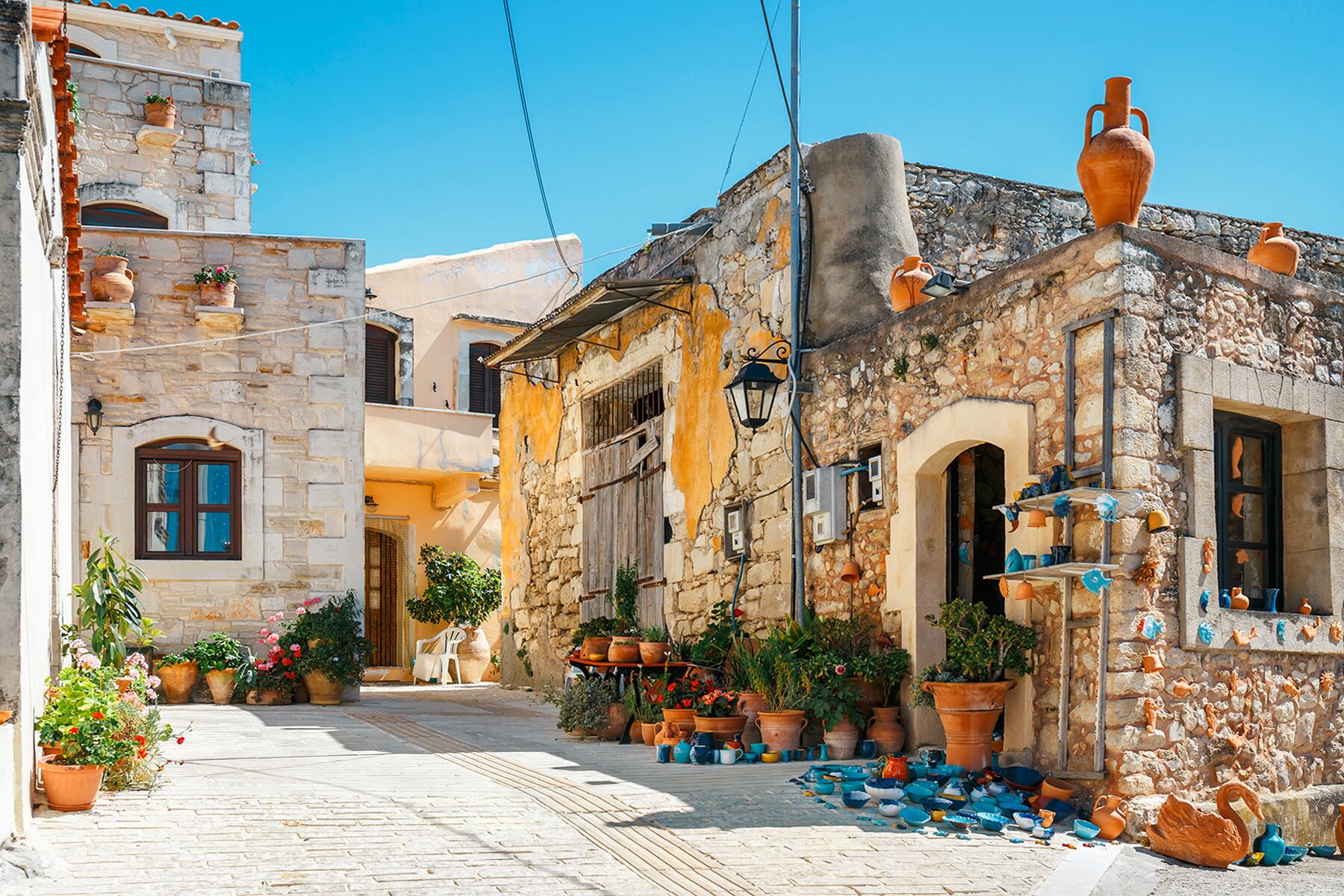
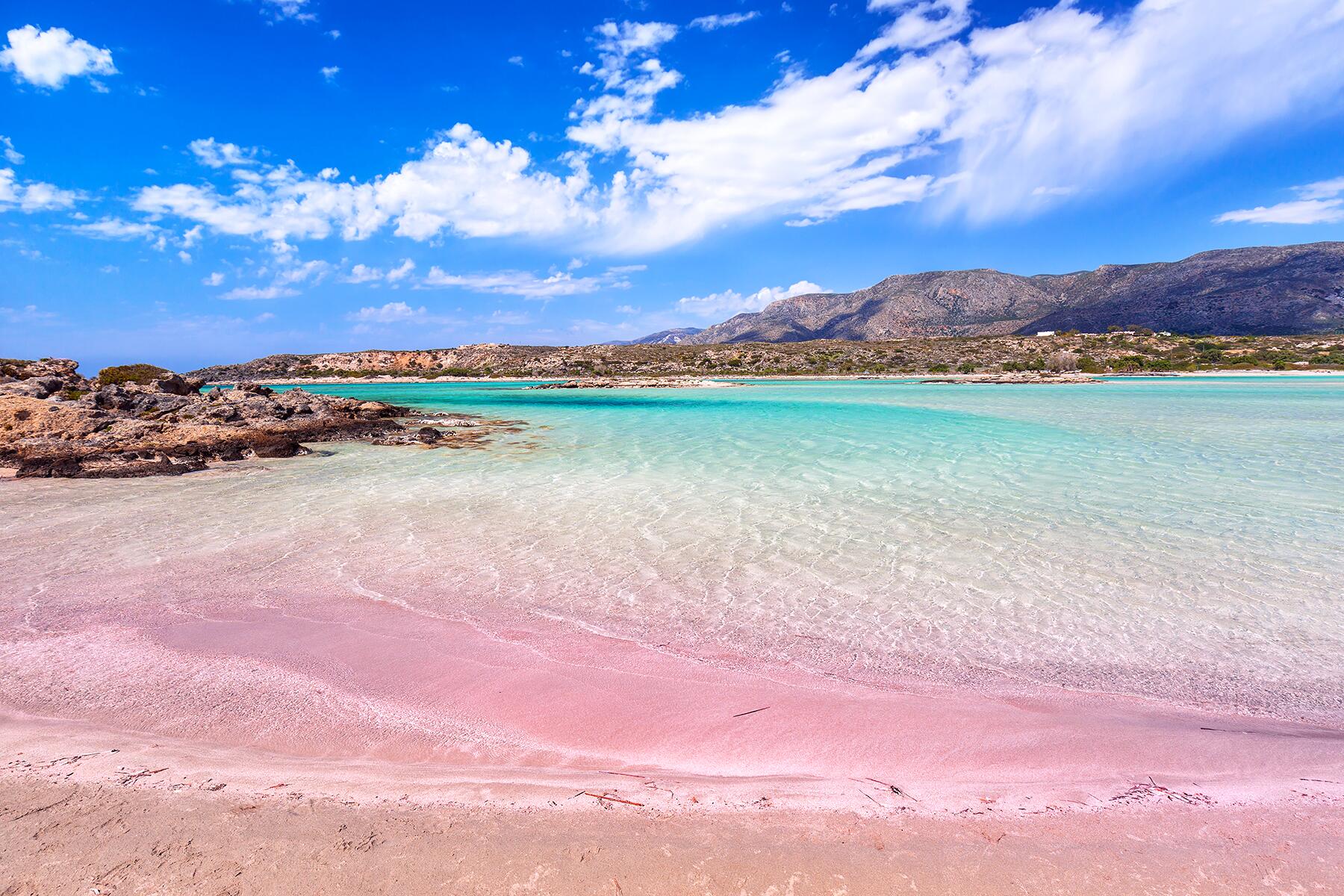
Crete
Greece
Birthplace of the mysterious Minoans, abode of the mythical Minotaur, and home of one of the world’s healthiest diets, Greece’s largest island is a magical blend of past glories and present pleasures, with plenty of stylish accommodations to satisfy those vital creature comforts.
This is an island where life moves at a slower space—siga siga (slowly slowly), as Cretans will tell you when you’re looking frazzled. For a leisurely way of enjoying those glittering seascapes, take a cruise to Spinalonga, the leper island of Victoria Hislop’s blockbuster novel, or laze on lovely beaches like pink-sand beauty Elafonissi or palm-studded paradise Vai. On land, step back in time as you admire iconic frescoes at the Minoan Palace of Knossos or wander in the recently renovated museum dedicated to Zorba author Nikos Kazantzakis.
Perhaps most importantly, Crete is renowned—even amongst Greeks—as the country’s most hospitable island, so whether you choose to shop until you drop in Chania’s warren of shopping lanes, feast on local delights in a string of low-key tavernas, or just sit at a sidewalk table in a traditional kafenion sipping the local white spirit raki, you can be sure of a warm welcome.
With a flurry of chic new hotels opening their doors here in the last couple of years, there are several options. For top-notch luxury, choose Abaton Island or Nana Princess, while hip new hotels such as The Syntopia and Stella Island are perfect for a younger crowd. If you’re seeking something more traditional, reserve a room at Kapsaliana Village, an ancient stone-built hamlet that’s been beautifully repurposed as a cluster of cozy suites and villas. Or opt for an Airbnb–whether you’re seeking a peaceful villa with a private pool and panoramic views, or a self-catering studio in a buzzing resort town with plenty of fun activities, you’re spoiled for choice on this Greek island.
Local Weather
If you’re planning on plenty of beach lazing, summer—when skies are brilliant blue and seas are balmy—is the best time to visit Crete. Hikers and nature lovers may prefer spring, when the fields are full of flowers, or autumn when the tourist crowds have gone and temperatures are lower.
Insider Tip
If you really want to soak up a mega-dose of the local lifestyle look out for the posters advertising glendis (festivals) of Cretan music, which are usually held in small villages. For around 15 euros you’ll get a full meal, including starter, dessert, and raki, along with a dazzling evening of Cretan music.

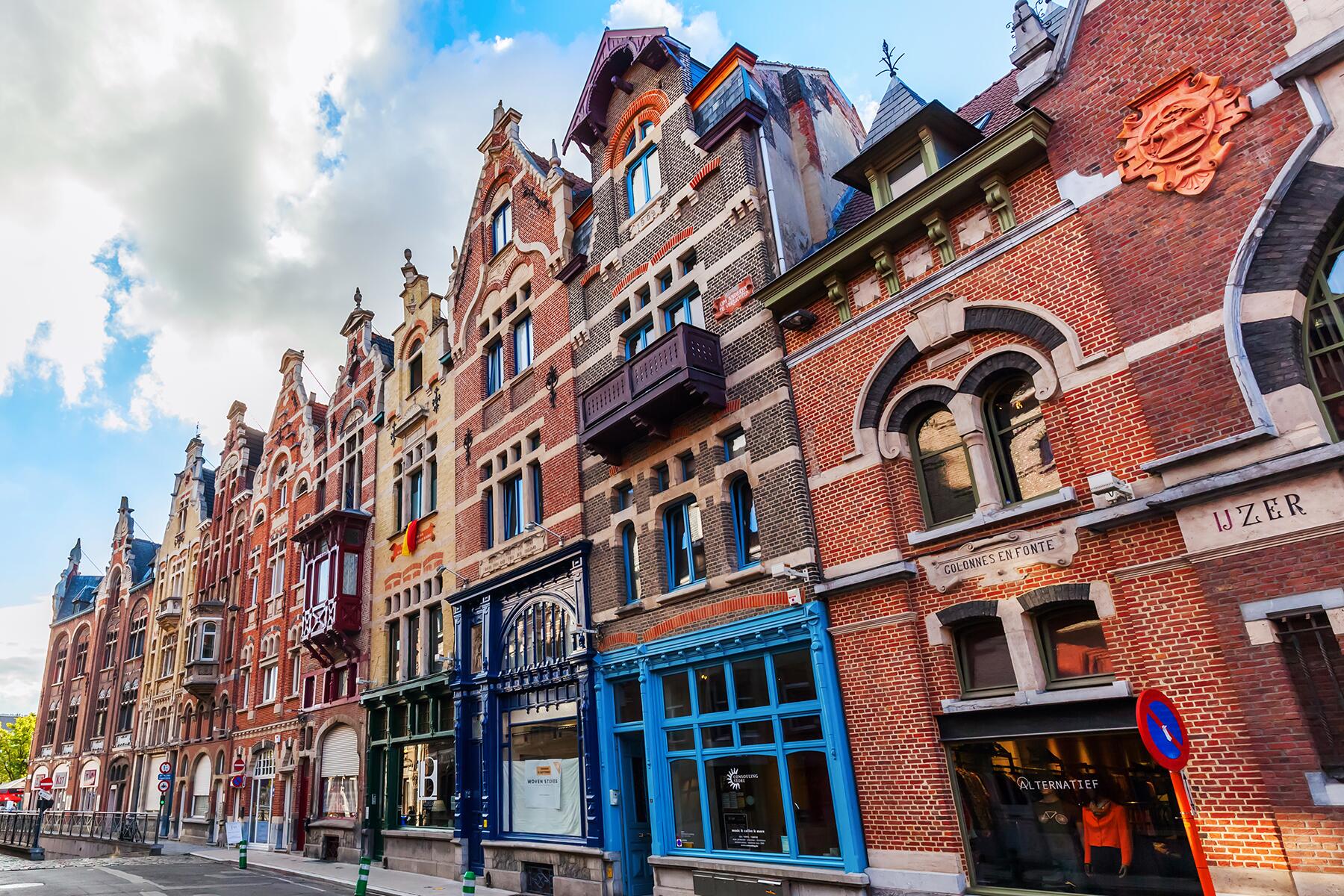
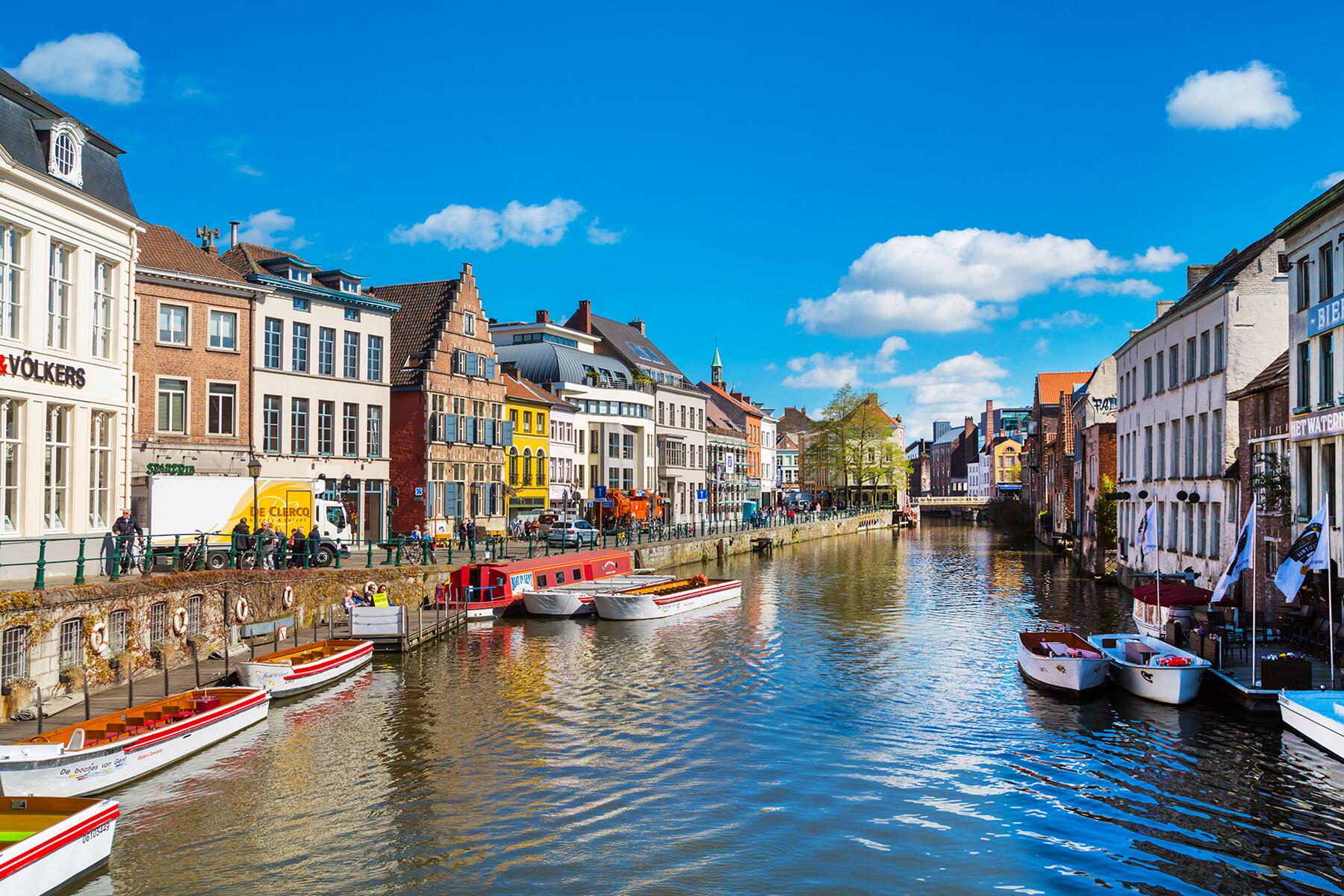
Ghent
Belgium
Somewhere between big-city Brussels and charming Bruges is Belgium’s gem: Ghent. More than two decades ago, it was just another youthful student town, but today, thanks to young creatives, Ghent is one of the coolest and most eclectic destinations in all of Europe. It’s also proving to be a good neighbor: The city recently announced it will build a village on the outskirts of town to accommodate Ukrainian refugees who fled their country because of the war. That work will begin in early 2023, and in the meantime, Ghent’s period architecture—the medieval castle Gravensteen and the Gothic church St. Bavo’s Cathedral—serve as historic city landmarks with rich, sometimes stormy, histories attached.
After checking out the oft-trodden sights, get out there and explore like a local. Art lovers will love the mix of fine European art found in The Adoration of the Mystic Lamb by the Van Eyck brothers, but the city’s street art legacy is a story that starts in colorful murals all over the city.
Ghent, like all European cities worth visiting, doesn’t disappoint on the culinary front. Go beyond the center to discover good eating (and imbibing) in Sint-Amandsberg via Commotie’s tasting menu, and at Aroy Aroy, run by brothers Jason and Michael Blanckaert, pair your favorite Thai dish with a cold Belgium beer. Speaking of beer: The city’s craft beer scene (it’s all about the pilsners here) is exploding, one pint at a time.
Ghent’s accommodation offerings run the gamut from budget-friendly options, like Treck Hostel, to the quirky: The Boatel is literally a hotel on the water. Eco-friendly Yalo is an affordable, boutique hotel with solid amenities, and if you’re eager to splurge, Van der Valk Hotel Gent or Pillows Grand Hotel Ghent are worthy contenders.
Ghent is a year-round destination, but fall is the busiest and most expensive.
Insider Tip
Forget Munich and Oktoberfest, Ghent is where you should be if you like beer and have a palate for seeking out independent breweries: Check out Geus van Gent, Rock Circus for 60 beers on tap, and Barrazza for beer in the historical city.

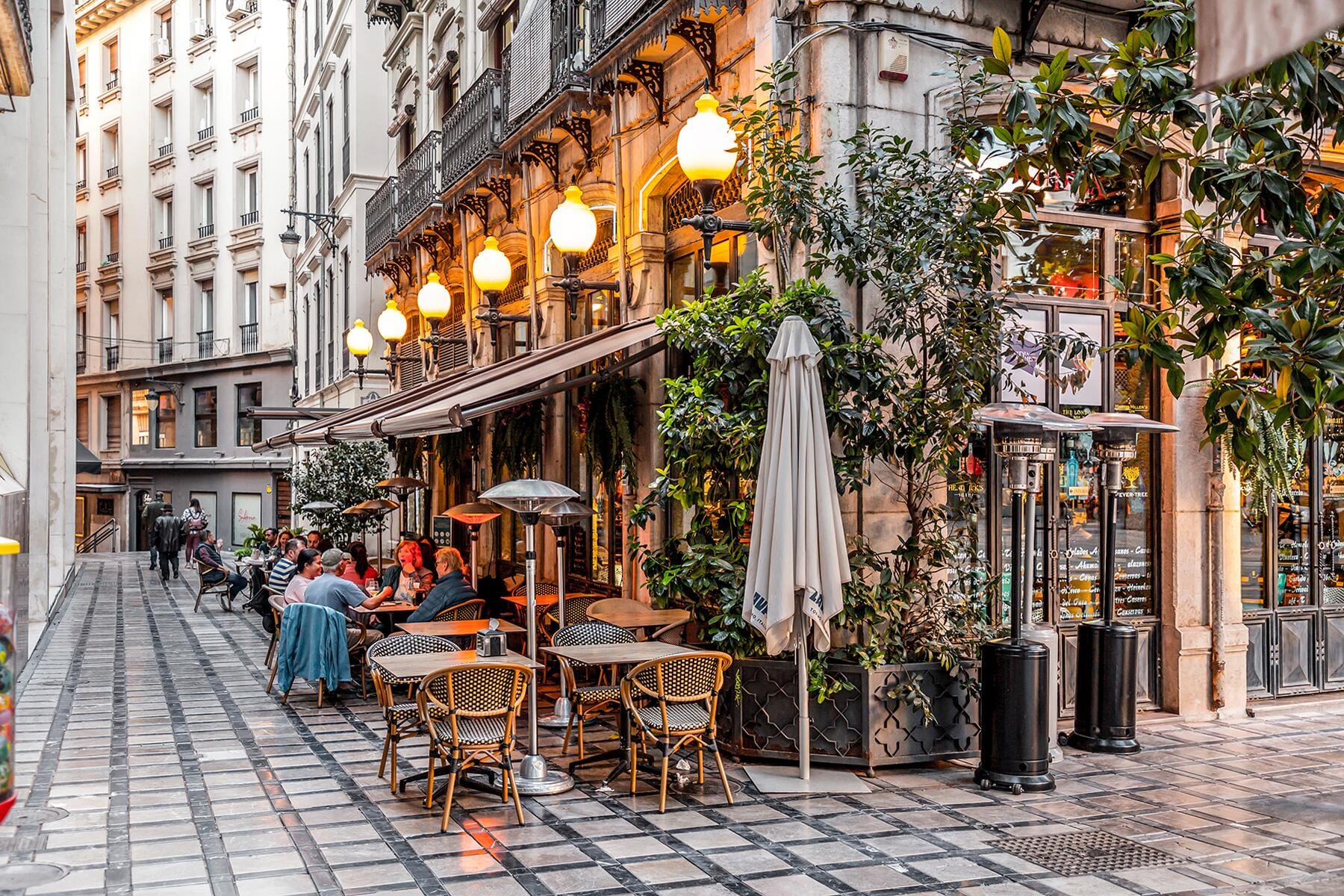
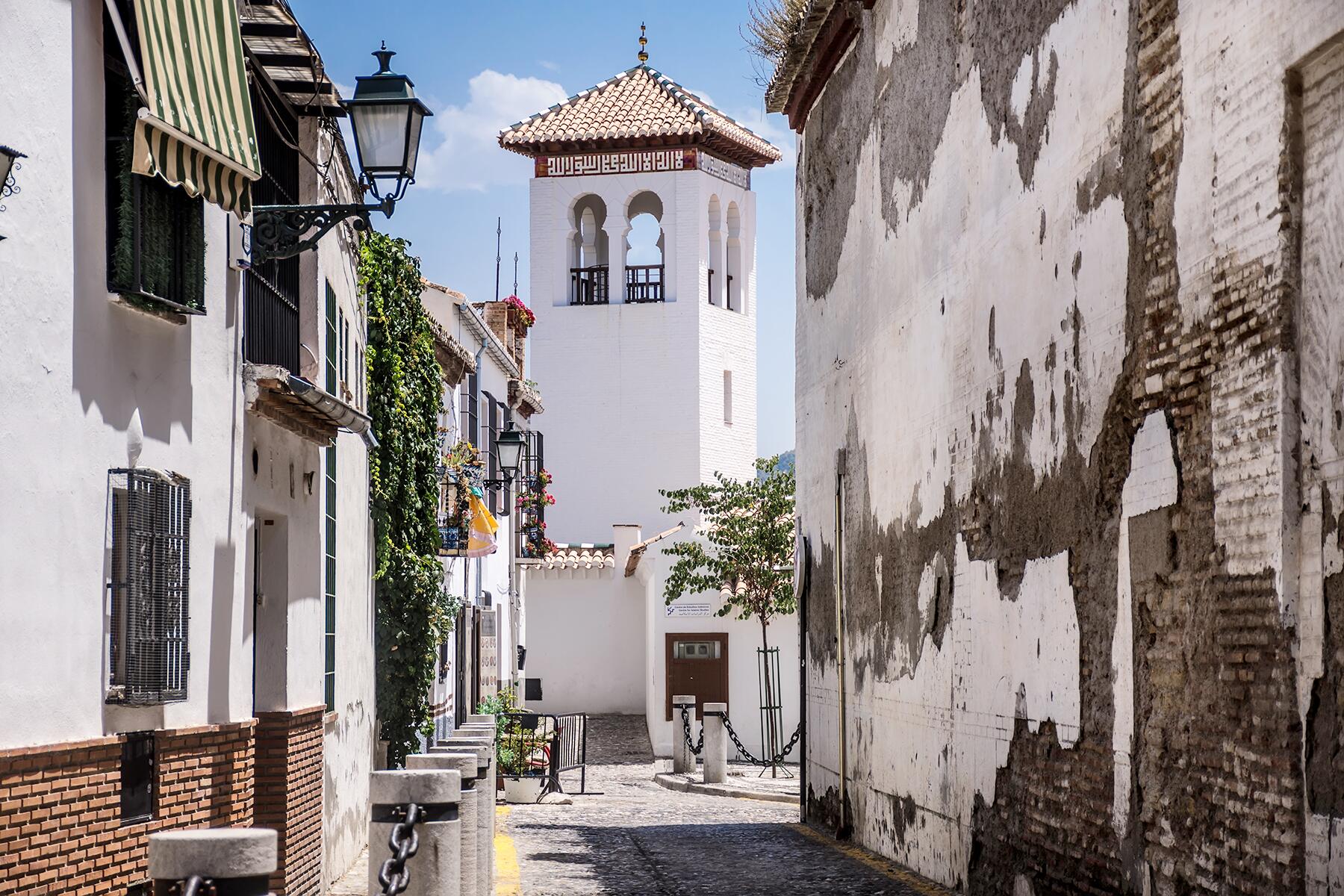
Granada
Spain
Granada is one of Andalusia’s most captivating cities, presenting some of Spain’s most quintessential attributes, from passionate flamenco dancing to late-night tapas and cocktails to Moorish architecture. The alluring city is also a fusion of east and west, filled with Islamic architecture and Middle-Eastern style teterías or teahouses, as well as majestic cathedrals and churches and richly-decorated monasteries.
Flanked by the peaks of the Sierra Nevada mountain range, beguiling Granada was the last stronghold of the Moors, who ruled much of southern Spain for around 800 years. It’s also home to the mesmerizing Alhambra, a UNESCO World Heritage complex filled with grand fortifications and various dazzling 13th-century palaces covered in intricate carvings, delicate coiffured ceilings, serene pools, and the paradisiacal gardens of the Generalife—the sultan’s summer home.
The city is also famed for its food, being one of the few cities left in Spain to offer a free plate of tapas with every drink ordered. Think small plates of battered fish with your glass of wine or deep friend aubergines drizzled with molasses, paired with a cold beer. Visit at Easter for the absorbing Semana Santa religious parades or in June for the Feria de Granada, complete with flamenco tents and fairgrounds.
The city has a great range of accommodation options, from small guesthouses Casa de Federico to large international chains like Meliá and Eurostars, but the most memorable stay is at one of the historic hotels like Parador de Granada. Located within the grounds of the Alhambra itself and housed in a former monastery, the 40-room boutique hotel offers spectacular views over the Generalife palace and its gardens. Both Casa Morisca and Hotel Casa 1800 nod to history as well, with wooden coiffured ceilings and a gorgeous central courtyard, respectively.
Granada’s southern location means it experiences some of the hottest temperatures in all of Spain (average summer temp is 104 degrees Fahrenheit), but a more pleasant time to visit is in spring or fall, when warm, sunny days make it easy to pack in the sights. Although Granada can get very cold in winter, it’s a great time of year for winter sports fans, with Europe’s southernmost ski resort in the Sierra Nevada just an hour away from the city.
Insider Tip
Book your tickets for the Alhambra online at least several weeks in advance as they sell out fast. For an extra special experience, book a ticket after dark so you can see the palaces by starlight.

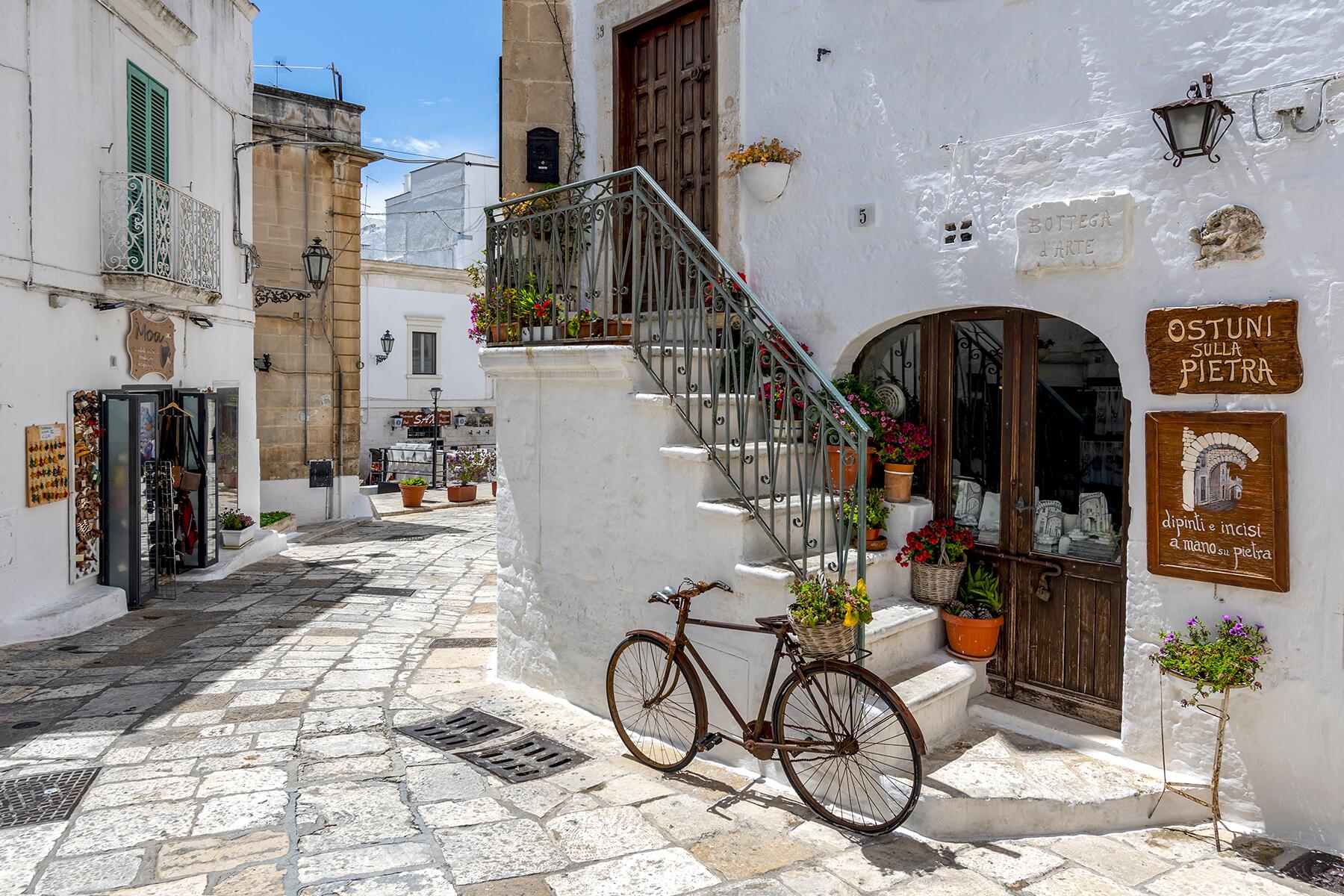
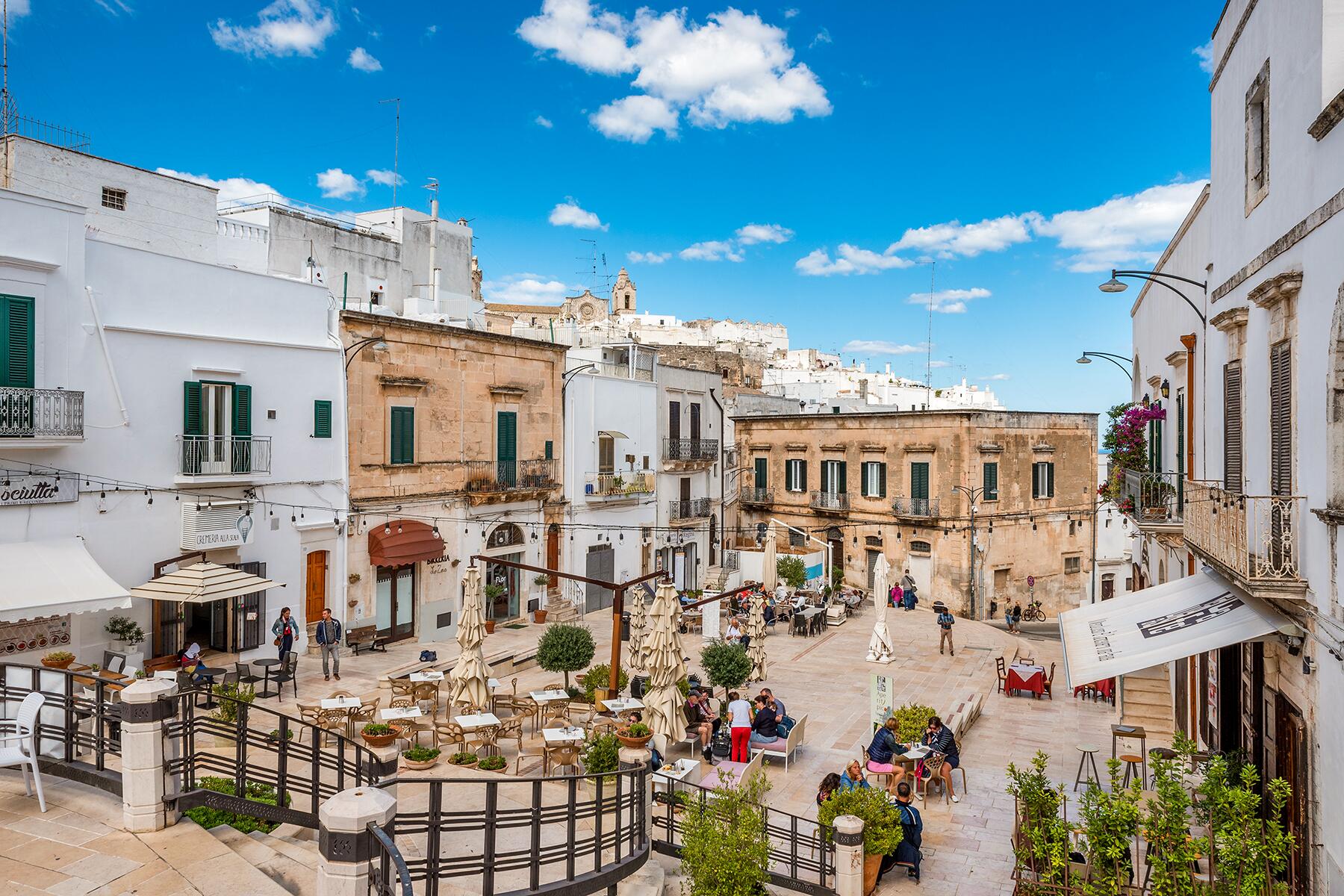
Ostuni
Italy
Puglia, the southern region forming the heel of Italy’s boot, includes dreamy towns and villages like Bari and Lecce, but no visit to this side of Italy would be complete without visiting Ostuni. Known as the White City (Città Bianca), Otsuni stands in contrast to the ever-popular Amalfi Coast and is a welcome respite to boot.
Often referred to as the “the white pearl” for Italians, Ostuni’s walled acropolis and signature whitewashed stratified buildings are stunning when viewed from afar, to be sure, but aimless wanderings around town—through the city’s narrow alleys, lime arches, and old steps—bring its beauty into focus.
Travelers who seek to understand a city’s place in history can explore the White City’s architecture through this lens, for both Greeks and Romans are responsible for the city’s design, and its unique position 750 feet above sea level. The Adriatic Sea, promising the usual summer delights—swimming, sunbathing, and sipping Negronis—is a mere 10 minutes by car.
Olive oil is produced in abundance here, and while the option to travel to various olive groves for tastings and to meet the producers of this fine product is available, so is consuming it at every meal. Many of Ostuni’s best restaurants are family-run trattorias, serving up local specialties like frisella (crispy bread with a hint of olive oil) and purea di fave e cicoria (fava bean puree with chicory). Casa San Giacomo, Osteria La Sparacima, and Ristorante la Grotta are all highly recommended.
The accommodations in Ostuni are characteristic of the city’s architecture, the whitewashed design made fresh each year with a new coat of paint, help keeps things cool in the hot, summer months. The newest opening is Masseria Santo Scalone, a beautiful farmhouse in Ostuni’s oldest fortified residences, it has well-appointed suites, an organic restaurant, and a full-service spa. Summer rentals like La Corte dei Messapi are luxurious yet family-friendly and ideal for large groups. 7 Archi Guest House is a lovely, affordable option in a central location (note there is no A/C). For a splurge, boutique hotel Paragon 700 is sure to delight design lovers who appreciate staying in an almost museum-like atmosphere. Searching for “La Dolce Vita?” Ostuni Palace Hotel is the ultimate romantic getaway thanks to a private beach, gourmet restaurant serving Apulian dishes, and an expansive wellness center with treatments that treat both the body, skin, and mind.
Italians from larger cities all flock to Ostuni during the summer, and it can be incredibly crowded and also expensive. But if you can wait until the fall olive harvest, when many local farms open up for tastings, you’ll find it to be sublime.
Insider Tip
The Saturday local market is a great way to mingle and meet locals. Everyone is a foodie in Italy, and the market, located near Via Gabriele D’Annunzio, southwest of Ostuni center, offers a great sample of local artisan food culture so be sure to stock up on freshly pressed olive oil as souvenirs for family and friends back home.

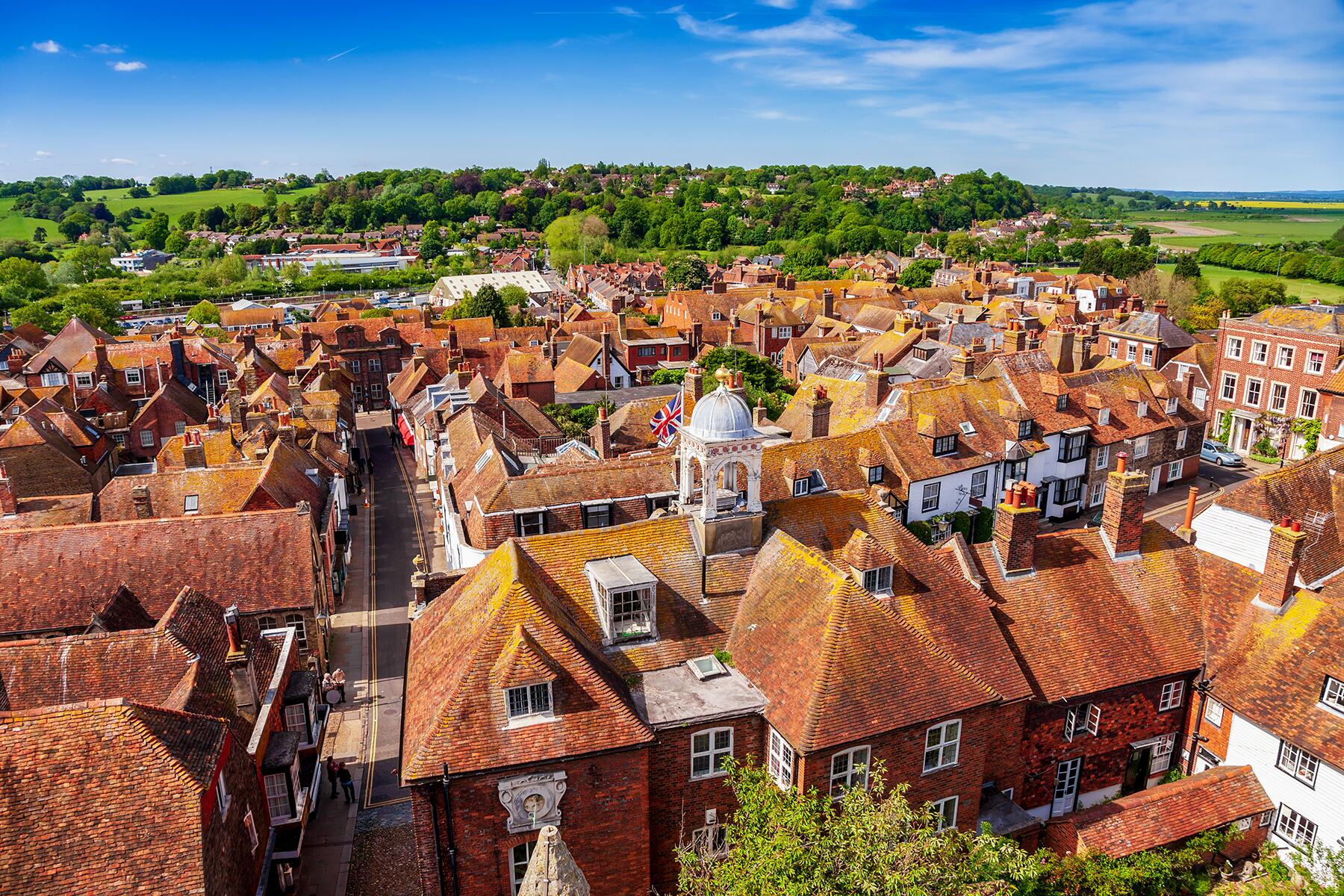
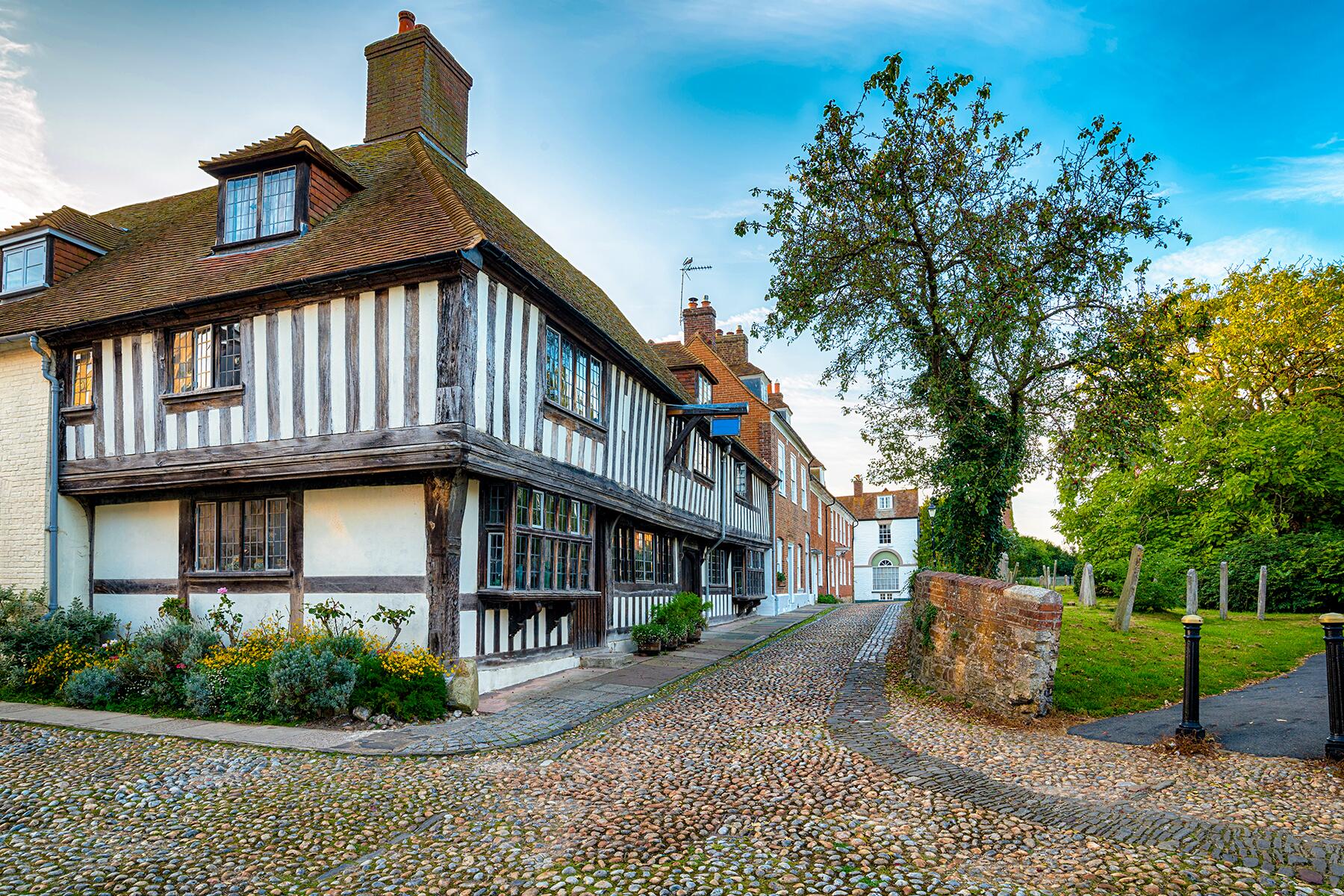
Rye
England
Just two hours outside London, the once-bustling port town of Rye sits just along the coast in East Sussex. The cobblestone streets are lined with medieval houses and other ancient dwellings like the towers of Rye Castle and The Parish Church of St. Mary Rye, both of which have a way of sucking visitors into its fascinating, historical past.
Overlooking the River Berde, on the Strand Quay sits a collection of warehouses with some of the best vintage and antique shopping along the East Sussex coast. Vintage homeware lovers can rummage through retro kitchen accessories by Crock and Cosy, sold inside Halcyon Days alongside upcycled flea market goods, and find the U.K.’s largest collection of confit pots at the shop by the same name.
When it comes to watering holes, you’re spoilt for choice. Grab a glass of local wine at The George in Rye and taste a few local craft beers at Rye Waterworks Micropub. Cozy up beneath the stunning beam work or on the charming rooftop of The Standard Inn–a locally-loved Rye institution that dates back to the 15th century. For a sip of independent brews, ciders, and wines with an ever-rotating tap list, head to The Ypres Castle Inn’s beer garden beneath Rye Castle.
One of the best things about Rye is its proximity to the coast. Head to one of England’s best beaches, Camber Sands–a five-mile stretch of sandy beach unlike most of its neighboring stone beaches. It’s a short bus ride away or a three-mile walk from the center of town, and is a lovely place for kite surfing, windsurfing, or sailing lessons.
Located just an eight-minute drive from the center of town, The Gallivant is a beach-house-style hotel reminiscent of the Hamptons. There’s an airy, country feel here, and with clawfoot tubs, daily yoga, and thoughtful touches like English wine tasting, it’s the perfect place for unwinding near Rye. For a stay as steeped in culture as the city itself, choose The Mermaid Inn. It’s a 600-year-old historic (potentially haunted) inn with oak beams, grand staircases, four-poster beds, and intimate stone fireplaces. Enjoy modern British cuisine at the on-site restaurant or relax in the aptly-named The Small Lounge, which overlooks the cobblestone streets of Mermaid Street in the heart of Rye. If a B&B is more your style, spend the night along the banks of the River Tillingham at the Rye Windmill, a 10-room lodging with features like daily home-cooked breakfast, spiral staircases, standalone tubs, and large sleigh beds.
Rye is a year-round day or weekend trip from London. Though its harborside coordinates mean it can be windy year-round, winter is a great time to visit. It’s the off-season, and you’ll get to explore the quaint city sans crowds. Visiting in summer is also a great option if beaches and being on the foot of the coast are more your speed.
Insider Tip
Connecting with the outdoors in Rye is easy and shouldn’t be skipped. Head to the Harbour Nature Reserve, where there are over four thousand different species across wetlands, marshes, and gravel pits.

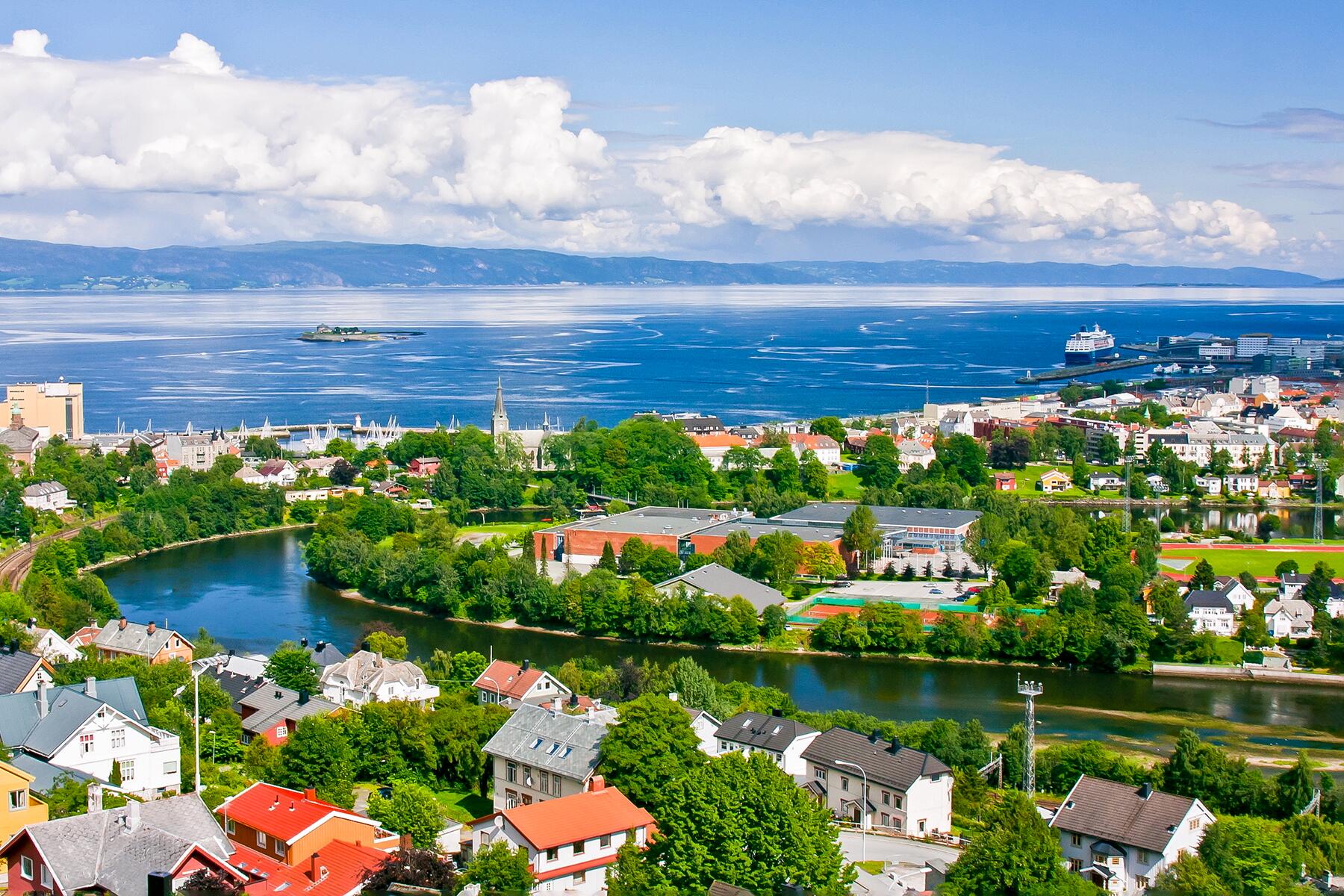
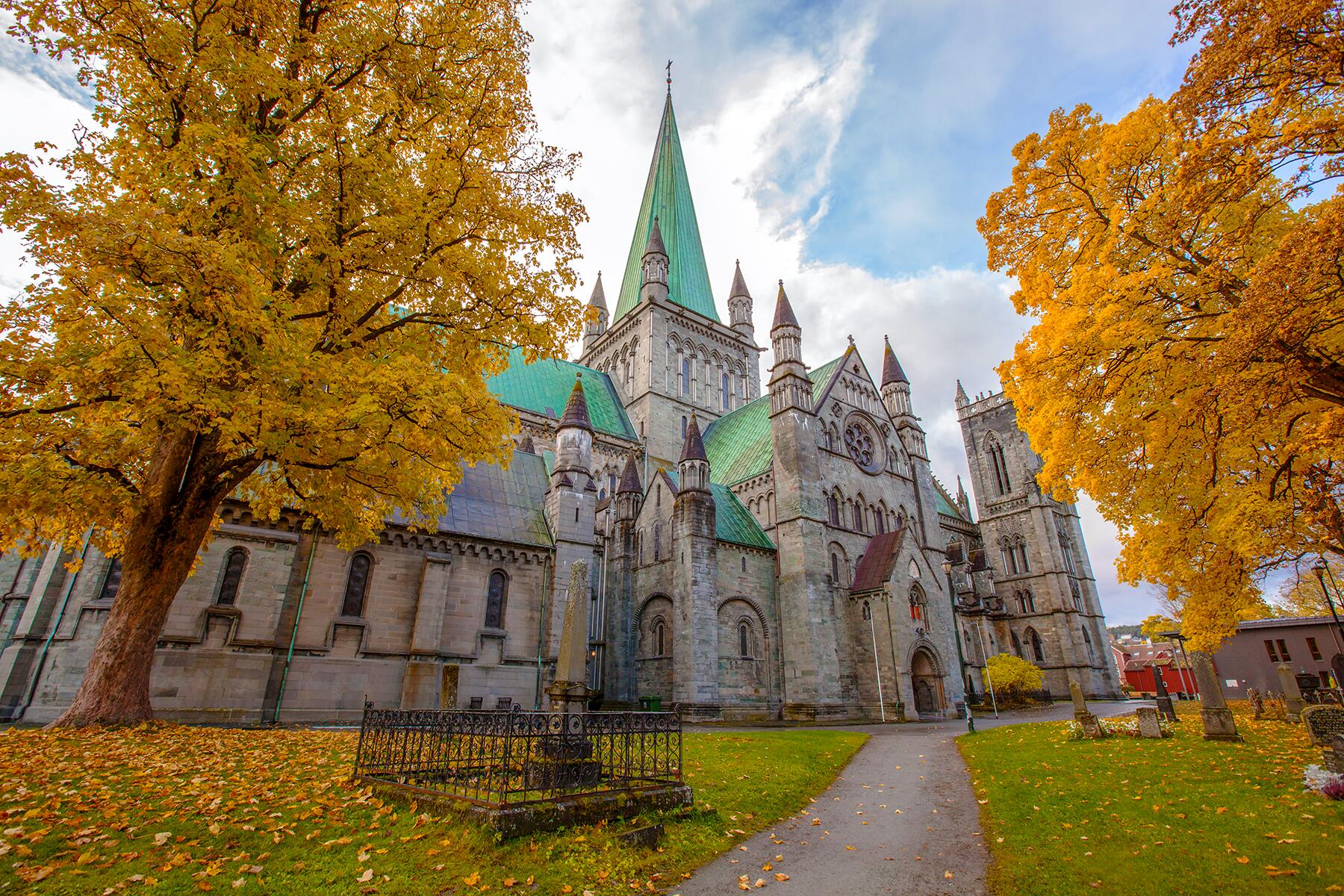
Trondheim
Norway
In central Norway sits Trondheim, a stunning city defined by Gothic architecture and colorful old timber houses lining the banks of the Nidelva River. For shoppers, pedestrian-only streets unfold beneath a canopy of umbrellas, shading the bevy of boutique and designer stores below. For history buffs, the NTNU Vitenskapsmuseet Museum houses artifacts from the Viking era detailing the storied past of Trondheim. While for foodies, Trondheim boasts not one but three Michelin-starred restaurants, including Speilsalen, Credo Restaurant, and Fagn.
There is much to see in Trondheim, whether standing in the shadow of the Nidaros Cathedral or roaming the quaint streets of the Bakklandet neighborhood, but what really makes this city special is what’s found right outside it. Trondheim is considered the gateway to Norway’s Golden Road, where awe-inspiring fjords and country hamlets give way to dense forests and quaint villages. Not to be confused with Iceland’s Golden Circle, this oft-overlooked tourist route starts in the city of Trondheim and stretches throughout Norway’s Trøndelag region, revealing seaside towns, farm-to-table restaurants, and inspiring views.
The newly renovated Brittania Hotel has an ideal location in the center of Trondheim, making this luxurious stay perfect for travelers keen to explore a charming city steeped in Viking history. From the hotel, you can walk to the city’s main attractions and come back in time for dinner at Michelin-starred Speilsalen, found inside the Brittania. If embarking on a trip down Norway’s Golden Road, book a stay at the Øyna Kulturlandskapshotell (a 2022 Fodor’s Finest hotel pick). Considered the first cultural landscape hotel in Norway, Øyna pairs gorgeous views of the Trondheimsfjord and the Fosen Alps with delectable cuisine at its on-site restaurant.
Your best bet for visiting Trondheim and the larger Trøndelag region is in mid to late summer when the temperatures are warmer, and you can enjoy the lush landscapes of the fjords.
Insider Tip
Thanks to the new route from low-cost airline Play Airlines, you can fly from New York’s Stewart International Airport (located upstate) to Reykjavik, from where you can take direct flights to Trondheim. Ahead of your visit, enlist the help of UpNorway, a woman-run operator specializing in planning tours of Trondheim and the larger Trøndelag region.








